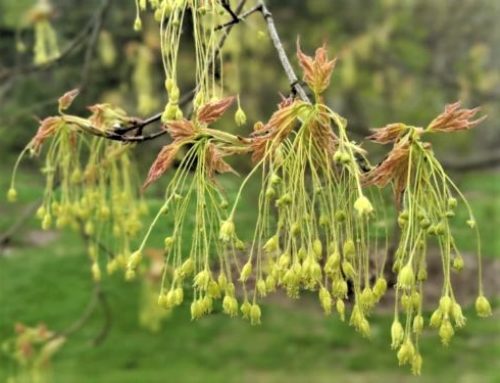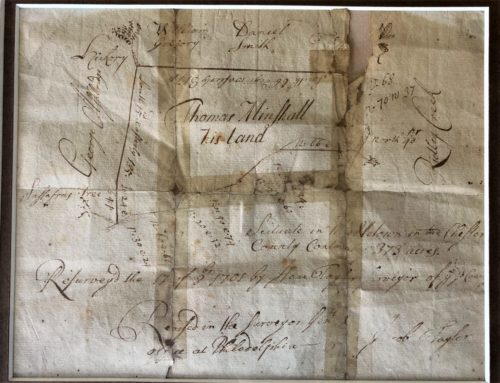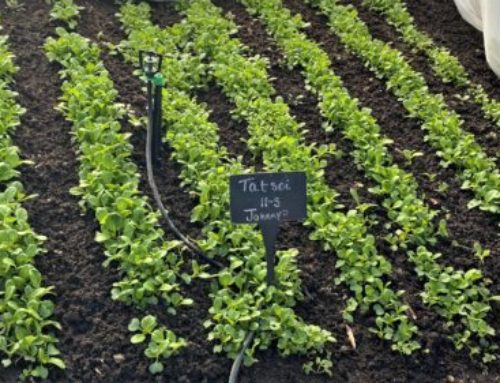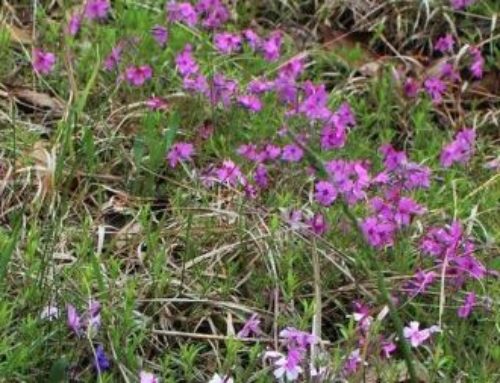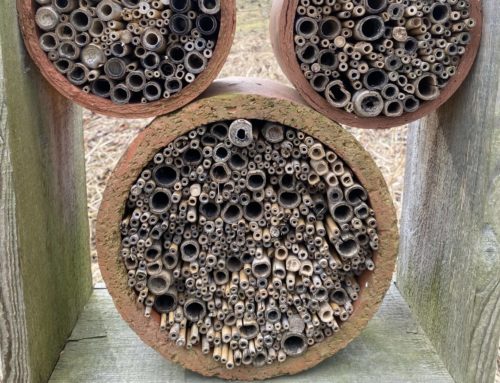As a good rule of thumb, the best time to prune is in the winter while the plant is dormant. Because it’s not actively growing or photosynthesizing, it will sustain less damage and be better able to heal that damage in the spring. Your goals when pruning are to remove dead or diseased canes, promote new growth, and to keep the plant thinned out so that light can penetrate (even to the lowest leaves) and allow for good air circulation, which helps stave off fungal problems.
The first thing to know before determining your pruning strategy is what type of berry bush you have. No, I don’t mean what type of fruit it produces, but rather when does it produce fruit. Generally there are two different categories, ever-bearing and summer-bearing. The ever-bearing varieties will set fruit during the whole growing season, whereas summer-bearing will set fruit only for a few weeks in the summer. That is the first step to good winter care, knowing which variety you have!
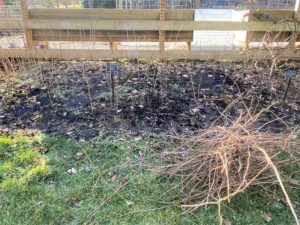
In terms of brambles, the “branches” the berries form on are called canes. While the plant’s crown and roots are perennial, the canes are not. They are biennial, meaning that after two years those canes will die. The two-year life cycle of canes helps to further define them. In the first year of the cane’s life, it is referred to as a primocane. In the second year of the cane’s life, it is called a floricane. This is important because depending on the type of berry plant you have, some will form fruits on primocanes and some will form fruits only on floricanes. Remember when we talked about whether your plant was ever-bearing or summer-bearing? Summer-bearing plants grow fruit only on second year floricanes. Ever-bearing plants grow fruit on primocanes.
Now that you know the type of plant — ever-bearing or summer-bearing — and which canes the fruit forms on, you are prepared for winter pruning! For primocane, or ever-bearing varieties, cut canes down to almost ground level leaving just a little stub left in early March. The new growth will develop a strong crop for the end of summer. For floricane, or summer-bearing varieties, cut the canes down as soon as they are done bearing fruit. Removing dead canes helps prevent the spread of disease. These canes should be pruned in late February along with the upper third of any primocanes to promote new lateral growth on the primocanes, which will become floricanes in the coming season. Winter pruning is a great way to manage the crop’s development and its ability to produce quality fruits. Come out to Lucille’s bramble patch over the next two months if you have questions or would like a demonstration of proper pruning techniques.
For more information you can refer to the PennState extension office for some more great resources!


